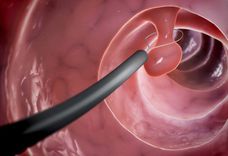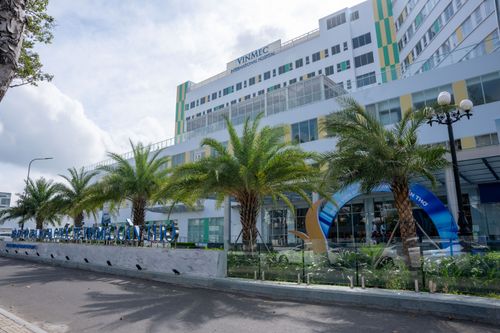Authors: H.T. Doan, B.B. Tran, L.D. Nguyen, H.M. Nguyen (Đoàn Trung Hiệp, Trần Bá Bách, Nguyễn Đình Long, Nguyễn Mạnh Hà).
Published on: Annals of Oncology (2020) 31 (suppl_6): S1347-S1354. 10.1016/annonc/annonc360.
Background
Head and neck carcinomas are still common cancers in Vietnam, where radiotherapy plays a vital role in both curative and palliative treatments. Volumetric Modulated Arc Therapy was developed since the first decade of the 21st century in developed countries such as the United States of America, Japan, etc. In Vietnam, Vinmec Times City International Hospital has applied this technique in treating cancer patients since December 2014.
Methods
A retrospective study of 22 non-metastatic head and neck cancer patients from December 2014 to January 2020 at Vinmec Times City International hospital, Hanoi, Vietnam, were evaluated.
Results
Twenty two (ages 26-75 years-old; average age: 54.14±11.41, male-female ratio: 14/8) non-distant metastatic head and neck cancer patients, [14 nasopharyngeal carcinomas (NPC), 2 oropharyngeal carcinomas (OPC), 6 laryngo-hypopharyngeal carcinomas (HPC), stage II- 8 patients (36.4%); stage III 7 patients (31.8%) and stage IV 7 patients (31.8%)] were curatively treated with simultaneous integrated boost- volumetric modulated arc therapy (SIB-VMAT) in combination with chemotherapy, given fractionation was 70Gy (2Gy/fraction for 35 fractions as standard fractionation) for high-risk planning target volume (PTV7000), 63Gy for intermediate-risk PTV (PTV6300) and 56Gy for low-risk PTV (PTV5600). There were 11 undifferentiated carcinomas of nasopharynx, the remainder were squamous cell carcinomas. Regarding response rate, complete response was seen in 14 patients (63.6%), partial response seen in 8 patients (36.4%). Survival analysis showed that mean survival was 52.2 ±4.4 (months) (CI 0.95; 43.5-60.9); overall survival (OS), 1 year OS, 2 year OS, 3 year OS was 86.4%; 100%; 100% and 85.7%, respectively. Loco-regional progression-free survival (LRFS), 1 year, 2 year and 3 year LRFS was 81.8%; and 95.5%; 82.7%; 82.7% respectively. The acute toxicities were skin reaction [7 patients (31.9%) with grade 1, 12 patient (54.5%) with grade 2, 3 patients (13.6%) with grade 3], stomatitis [8 patients (36.4%) grade 1; 12 patients (54.5%) grade 2; 2 patients (9.1%) grade 3]. Late toxicities seen were radiation-related sclerosis dermatitis [only 3 patients (13.6%) grade 1]; stomatitis seen in only 6 patients (27.3%) grade 1; dry mouth, only grade 1 in 14 patients (63.6%); dysphagia 6 patients (27.3%) grade 1.
Conclusions
SIB-VMAT for head and neck cancers was safely and effectively applied in our institution with the good outcomes and very few toxicities.
More:











